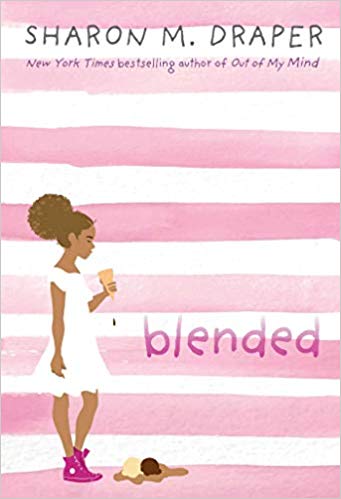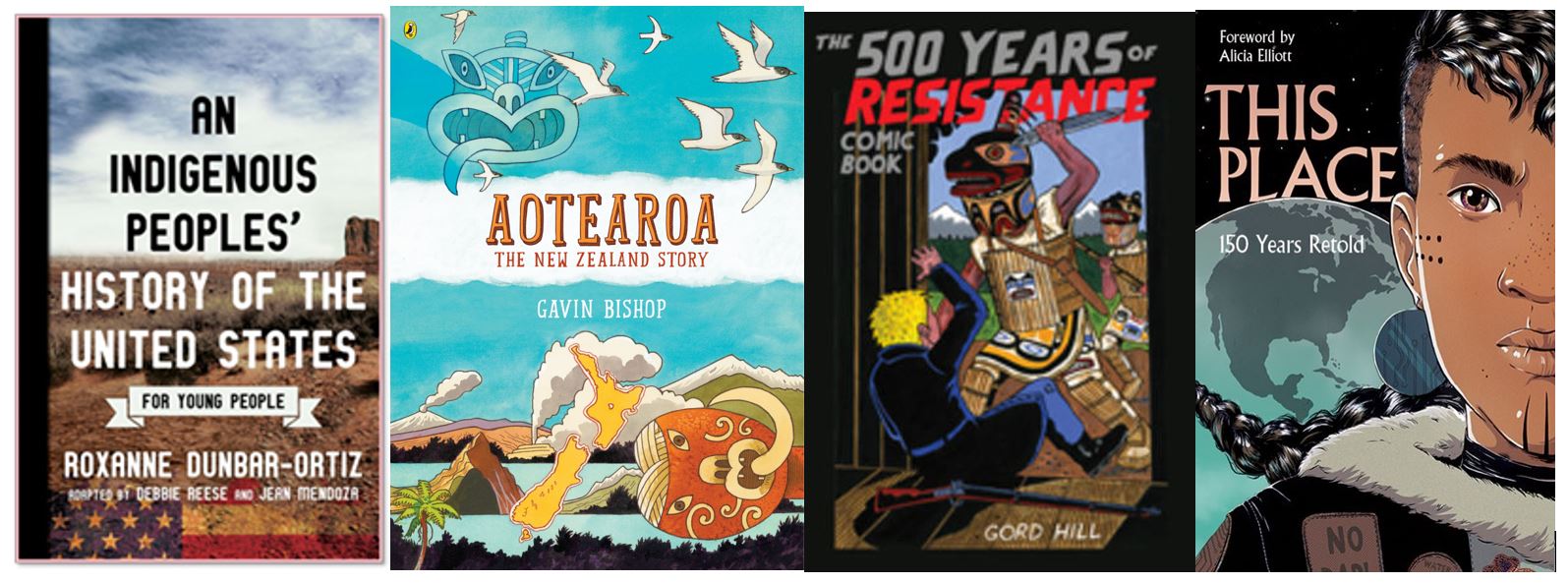Yoo Kyung Sung, University of New Mexico, Albuquerque, NM and Junko Sakoi, Tucson Unified School District, Tucson, AZ
 Two Faces of Digital Prosperity
Two Faces of Digital Prosperity
We saw them and decided to name them Reluctant Printed–Text Readers (RPR). RPR are comfortable with reading texts in digital spaces, but are readers who feel reluctant and resistant to reading printed texts. They do literacy practices in digital spaces, but don’t assess their literacy practice as reading because they usually read on those digital gadgets. They hardly enjoy reading texts on paper. In 2001, Marc Prensky claimed, “Our students have changed radically. Today’s students are no longer the people our educational system was designed to teach,” (p.1). Prensky’s expression of “change” indicates K–college students being digital generations whose surroundings are all some types of digital items such as music players, cell phones, video games, tablets, computers, etc. Thus, “Digital natives” grew to be an outdated expression since our students are now all “native speakers.” Now in 2019, we live in the digital era that “okay, Google” or “Alexa” can help you to take care of quick info search, running errands, and other life operations. Young people in our classrooms now have smartphones for their entertainment, research, socializing, reading, etc. Books are not a comfortable “thing” to some or many young readers. The fantasy book, The Last Book in the Universe by Rodman Philbrick (2002) may no longer be a fantasy. Continue reading →
 For the last couple of years, I have been working as a teacher, educator and a literacy consultant in both Mexico and the United States. Through my work and conversations with teachers, educators, and parents in both countries, I know that there is still a great need to diversify the choices we offer our younger readers, particularly stories with authentic and contemporary representations of traditionally marginalized identities across ethnicity, race, gender, ability, and so on. Continue reading
For the last couple of years, I have been working as a teacher, educator and a literacy consultant in both Mexico and the United States. Through my work and conversations with teachers, educators, and parents in both countries, I know that there is still a great need to diversify the choices we offer our younger readers, particularly stories with authentic and contemporary representations of traditionally marginalized identities across ethnicity, race, gender, ability, and so on. Continue reading 









